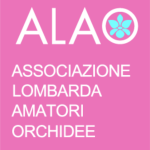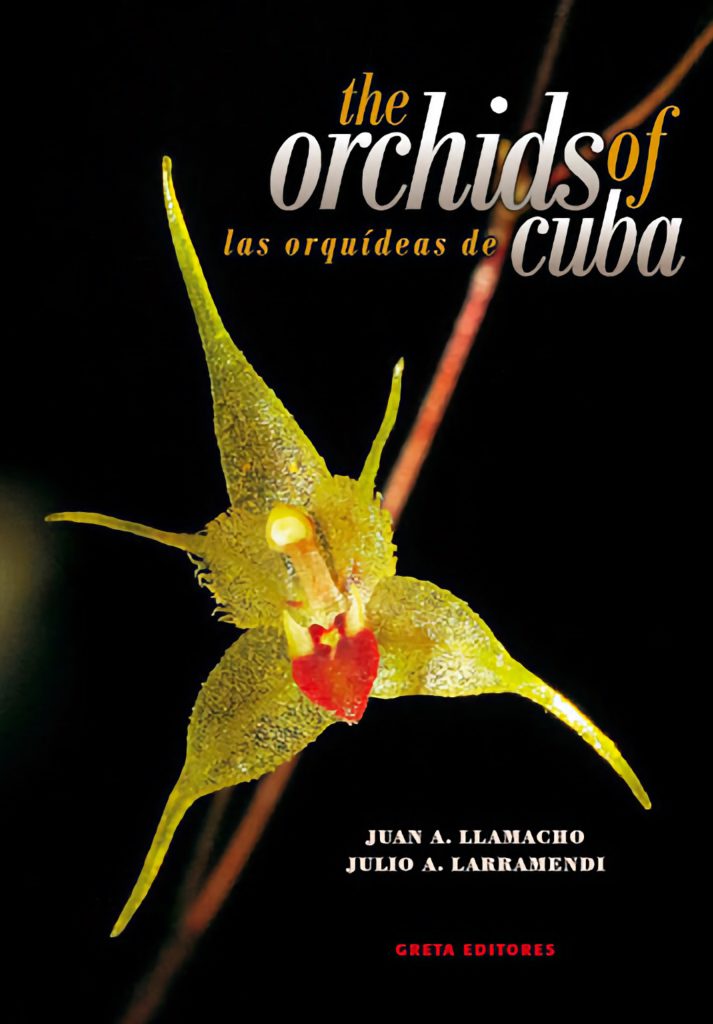Seguendo una tendenza recente per i libri regionali sulle orchidee di essere sia scientificamente accurati che scritti in modo tale da essere popolari tra gli appassionati non accademici, Le Orchidee di Cuba soddisfano una nicchia che è stata a lungo vuota. Quest'opera di due entusiasti cubani ha prodotto non solo il primo libro a colori sulle orchidee dell'arcipelago dell'isola, ma anche il primo testo in inglese (con colonne parallele in spagnolo/inglese) che fornisce un invito allettante alla nazione insulare. Dopo un'imprimatur di Carlyle A. Luer, M.D. e un'introduzione di James Ackerman, Ph.D., il libro inizia con la biologia di base delle orchidee e la biogeografia di Cuba e procede a fondere le due, descrivendo e illustrando le varie regioni della nazione. Queste regioni e le orchidee che si trovano al loro interno sono poi trattate in dettaglio. Delle 305 specie documentate a Cuba al momento della stesura del libro, più di 150 sono trattate in dettaglio e, per la maggior parte, presentano eccellenti fotografie a colori. L'amore sia degli autori che del fotografo per i pleurotalli (Lepanthes e generi correlati) è evidente nelle spettacolari fotografie a fuoco ravvicinato di molte di queste piccole specie. Dopo i trattamenti delle specie, c'è una sezione sulle specie non descritte (quelle specie che non sono ancora state identificate e/o descritte dalla scienza), con le stesse fotografie di alta qualità. Il libro si conclude con una tabella di tutte e 305 le specie attualmente presenti a Cuba, i loro tempi di fioritura e la distribuzione biogeografica, una breve bibliografia e un ottimo glossario. Quello che purtroppo manca è un indice. A causa dell'organizzazione delle specie, risulta difficile trovare informazioni specifiche rapidamente. Sarebbe stato utile anche un elenco dei sinonimi per le specie trattate in modo esaustivo. Non vengono fornite chiavi di identificazione in quanto questo libro è, sperabilmente, solo il preludio a pubblicazioni più ampie che coprano tutte le orchidee di Cuba.
Dal punto di vista del recensore, Le Orchidee di Cuba hanno lo stesso problema della maggior parte delle altre opere che trattano le orchidee dei Caraibi e dell'America centrale/Messico. Quando vengono indicate le distribuzioni geografiche, l'occasione della specie negli Stati Uniti, solitamente in Florida, viene omessa. In parte, questo sembra essere un errore perpetuato, poiché le stesse omissioni si verificano in diverse opere. Piuttosto che fare affidamento su pubblicazioni di un quarto di secolo o più fa, consultare semplicemente la Flora del Nord America o le Orchidee Selvatiche della Florida avrebbe risolto questo problema. Le specie incluse in questo lavoro e documentate anche in Florida includono Ionopsis utriculariodes, Prosthechea boothiana, Sacoilalanceolata, Bulbophyllum pachyrachis, Epidendrum nocturnum, Liparis nervosa, Maxillaria crassifolia, Brassia caudate, Eulophia elata, Malaxis spicata, Habenariadistans, Phaius tankervilliae, Vanilla planifolia, Epidendrum radicans, Prescottia opligantha, e Pelexia adnata. Govenia utriculata è erroneamente attribuita alla Florida (Govenia florida è la specie corretta). Dal punto di vista tassonomico, si può prendere poco altro se non notare che il trattamento e le fotografie di Habenariaquinqueseta sono in realtà di H. macroceratitis (sin. H. quinqueseta var. macroceratitis), e il trattamento curioso di Sacoila lanceolata e Stenorrhynchos squamulosum. Queste due ultime dovrebbero entrambe essere trattate come Sacoila, poiché la differenza più evidente tra Sacoila e Stenorrhynchos è la presenza (nel primo) o l'assenza di un mento (nel secondo).
La traduzione in inglese è eccellente e molto leggibile e l'unico errore notato sarebbe il nome incompleto o l'omissione di un punto dopo l'abbreviazione in uno dei nomi degli autori: Gal per Galeotti. Il libro è stampato su carta molto di alta qualità, pesante e legato in modo duraturo. È altamente raccomandato a tutti coloro interessati alle orchidee dei Caraibi e del sud della Florida.
Copertina: Rigida
Autore: Juan A. Llamacho & Julio A. Larramendi
Pagine: 288
Editore: Greta Editores
Lingua: Inglese/Spagnolo
ISBN-13: 9788493361525

